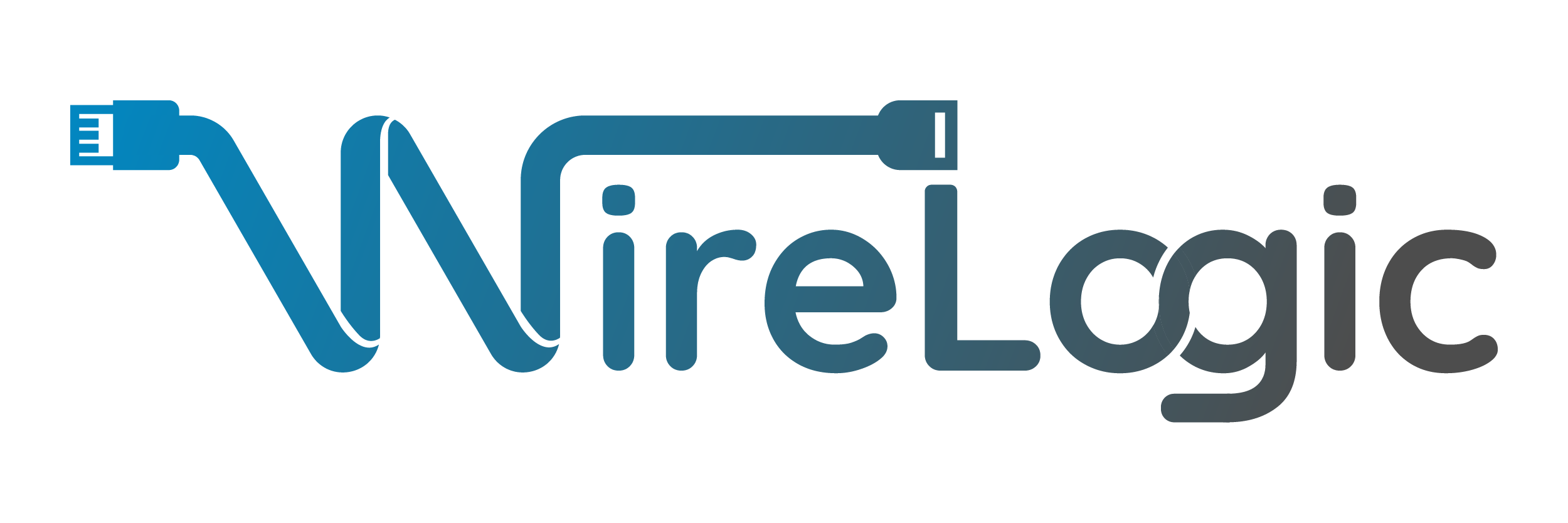Creating a robust fiber optics backbone is essential for modern businesses. This technology, which uses fibers to transmit data at high speeds, is a significant upgrade from traditional copper wires. In this blog post, we’ll explore the value of a robust fiber optics backbone in a business environment, focusing on its impact on connecting Main Distribution Frames (MDFs) to Intermediate Distribution Frames (IDFs).
The Backbone of Modern Businesses: Fiber Optics
Why Fiber Optics? Fiber optics technology uses light to transmit data, making it faster and more reliable than traditional copper wire transmission. It’s capable of handling the enormous data demands of contemporary businesses, including high-speed internet, cloud computing, and large file transfers.
Advantages in Business Settings
Speed: Fiber optics offer the highest speeds available, crucial for businesses that rely on real-time data transfer.
Bandwidth: Higher bandwidth allows for more data to be transferred simultaneously, beneficial for businesses with heavy data usage.
Reliability: Fiber is less susceptible to interference and can transmit data over longer distances without loss of quality.
Security: The data transmitted through fiber optics is harder to intercept, providing an added layer of security.
Connecting MDFs to IDFs: A Strategic Approach
Understanding MDFs and IDFs
Main Distribution Frame (MDF): The primary hub for telecommunications in a building. It’s where external communication lines come in before being distributed throughout the premises.
Intermediate Distribution Frame (IDF): Smaller hubs located throughout a building, connecting the MDF to end-user devices via local network cables.
The Importance of a Robust Connection Integrating fiber optics in connecting MDFs to IDFs is crucial for:
Efficient Data Distribution: Ensures that data is distributed efficiently and uniformly across different sections of a business.
Scalability: Allows businesses to easily expand their network infrastructure without significant overhauls.
Reduced Latency: Minimizes the delay in data transmission, essential for applications requiring real-time data processing.
Implementation Strategies
Planning: Assess the current and future network needs, considering the layout of the business premises.
Quality Materials: Invest in high-quality fiber optic cables and components to ensure long-term reliability and performance.
Professional Installation: Employ experienced technicians for installation to avoid common pitfalls that can impact network performance.
Regular Maintenance: Schedule regular check-ups and maintenance to ensure the network operates at peak efficiency.
The Bottom Line
Investing in a robust fiber optics backbone is not just about staying current with technology; it’s about future-proofing your business. The direct connection of MDFs to IDFs using fiber optics is a strategic move that ensures high-speed, reliable, and secure data transmission, which is indispensable in today’s fast-paced business environment. By adopting this technology, businesses can improve their operational efficiency, enhance security, and be ready for future technological advancements.
In conclusion, the transition to fiber optics is more than an upgrade; it’s a necessity for businesses aiming to thrive in the digital age. The integration of MDFs and IDFs through fiber optics is a key component of this transition, ensuring that businesses are well-equipped to handle the data demands of the future.

